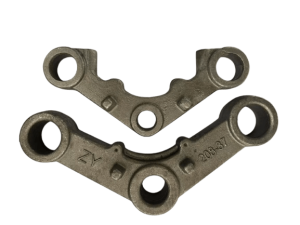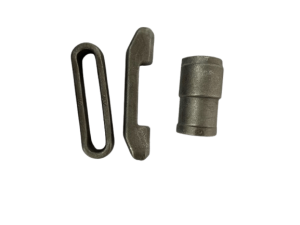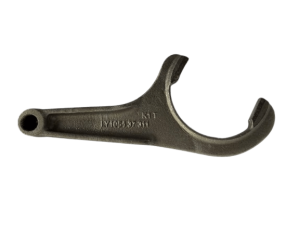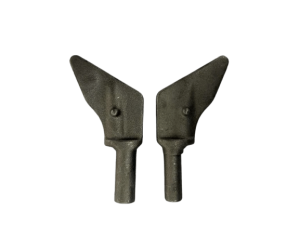Carbon Steel Forging
Table of Contents
What is Carbon Steel Forging?
Carbon steel forging is a forging process that utilizes molds and die forging techniques. Through the high temperature and high pressure of die forging, the density of carbon steel metal is altered. The metal is shaped within the mold cavity, improving the precision, strength, toughness, and fatigue life of forged carbon steel components.

Advantages of Carbon Steel Forging Compared to Casting
Compared to traditional casting, carbon steel forging has several advantages. Cast carbon steel parts often contain porosity, sand holes, and have an unstable internal structure. In contrast, die-forged carbon steel parts have a denser internal structure, free from defects such as porosity and shrinkage. Mechanical properties can be improved by more than 30%, extending the service life of forged carbon steel components.

Applications of Carbon Steel Forging
Automotive Industry Components
The automotive industry is a major consumer of forged carbon steel, accounting for about 35% of total production. Common forged automotive components include:Crankshafts (C45, 40Cr steel)
Connecting rods (42CrMo)
Camshafts
Piston pins
Synchronizer rings, shift forks
Transmission gears (20CrMnTi)
Constant velocity joint housings, differential gears
Drive shaft flanges, steering knuckles (35CrMo)
Steering arms, tie rod joints
Control arms, torsion beams, suspension brackets
Construction Machinery Forged Carbon Steel Components
Forged components used in construction machinery include:Hydraulic pump and valve bodies (45 steel)
Gear shafts for reduction gearboxes
PTO transmission couplings
Track chain links, track rollers
Steering knuckle pins
Oil Equipment Forged Carbon Steel Components
Carbon steel forging is also widely used in oil equipment manufacturing, such as:Pumpjack crankshafts (35CrMo)
Drill pipe joints (37CrMnMo)
Blowout preventer valve bodies
High-pressure pipeline flanges (16Mn)
Military Industry Forged Carbon Steel Components
The military industry also uses carbon steel forgings, including:Tank track plates (45MnB)
Artillery locking mechanisms
Suspension arms for armored vehicles
Additionally, carbon steel forgings are used in shipbuilding, railway equipment, aerospace, and other industries.
Carbon Steel Forging Materials
Carbon steel mainly consists of iron and carbon as the primary alloying elements. Common carbon steel materials include:
China (GB Standard): Q195, Q215, Q235, 08F, 10, 20
United States (ASTM Standard): A36, 1010, 1015, 1020
Japan (JIS Standard): SS330, SS400, S10C, S20C
Europe (EN Standard): DC01, DC03, C10, C15
These materials possess good forgeability and plasticity, allowing for heat treatment and easy machining.

Advantages of Die Forging for Carbon Steel
Mass Production and Cost Reduction
For example, automotive forged components such as control arms require millions of units per year. This high demand can only be met efficiently through die forging.High Precision
Die forging enables the production of highly precise forged components, reducing the need for subsequent machining.Wide Material Selection
Die forging can be applied to low-carbon steel, medium-carbon steel, and high-carbon steel materials.

